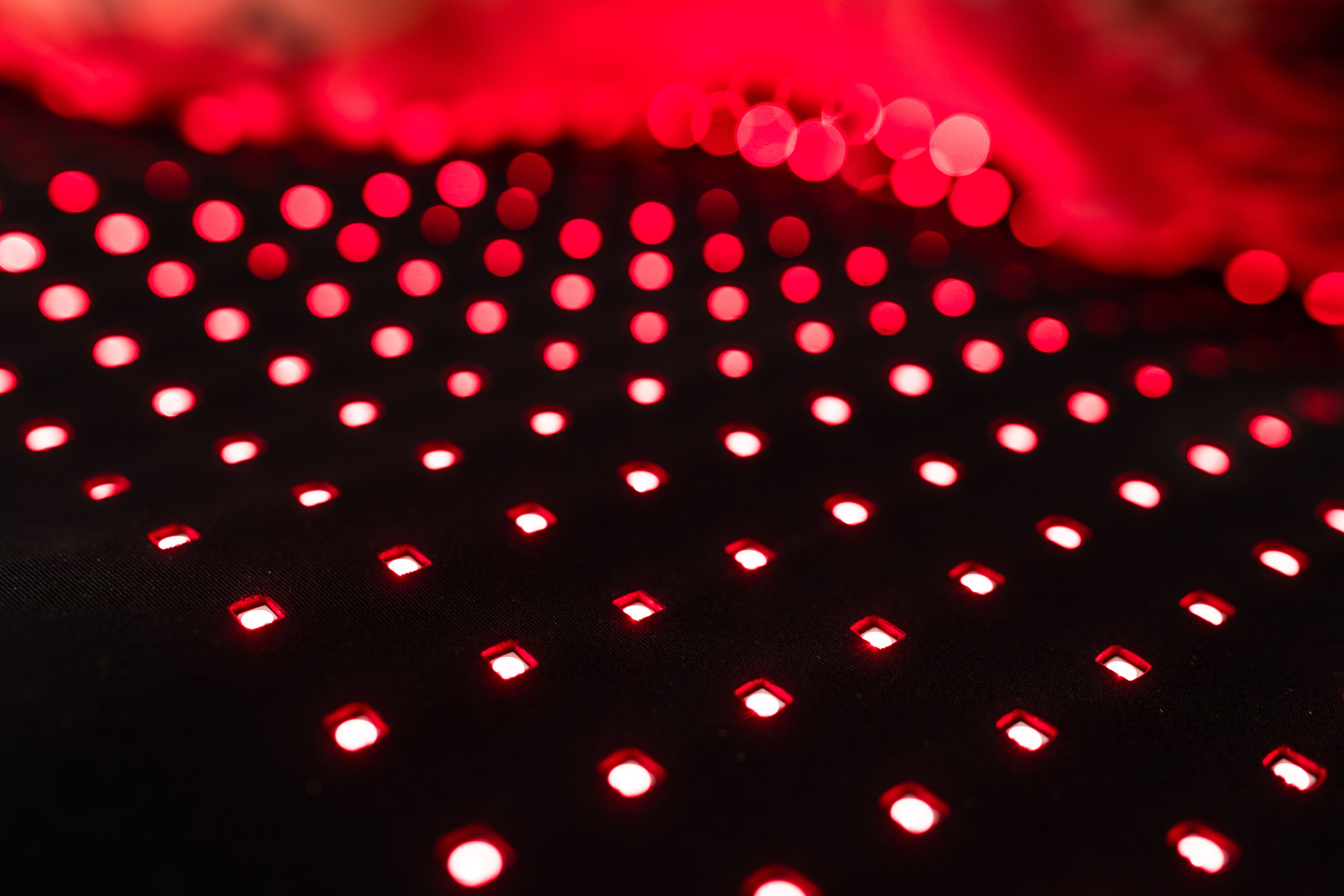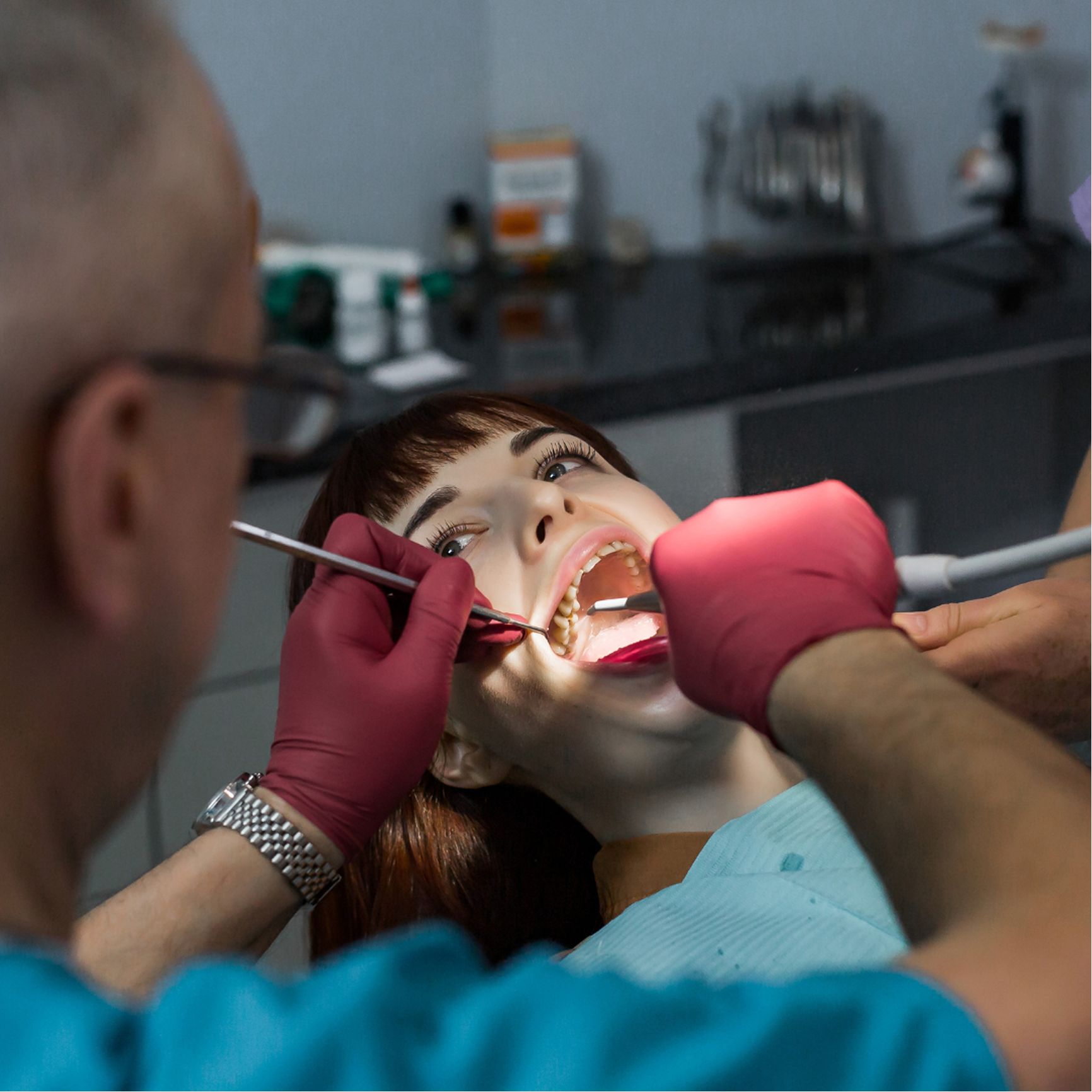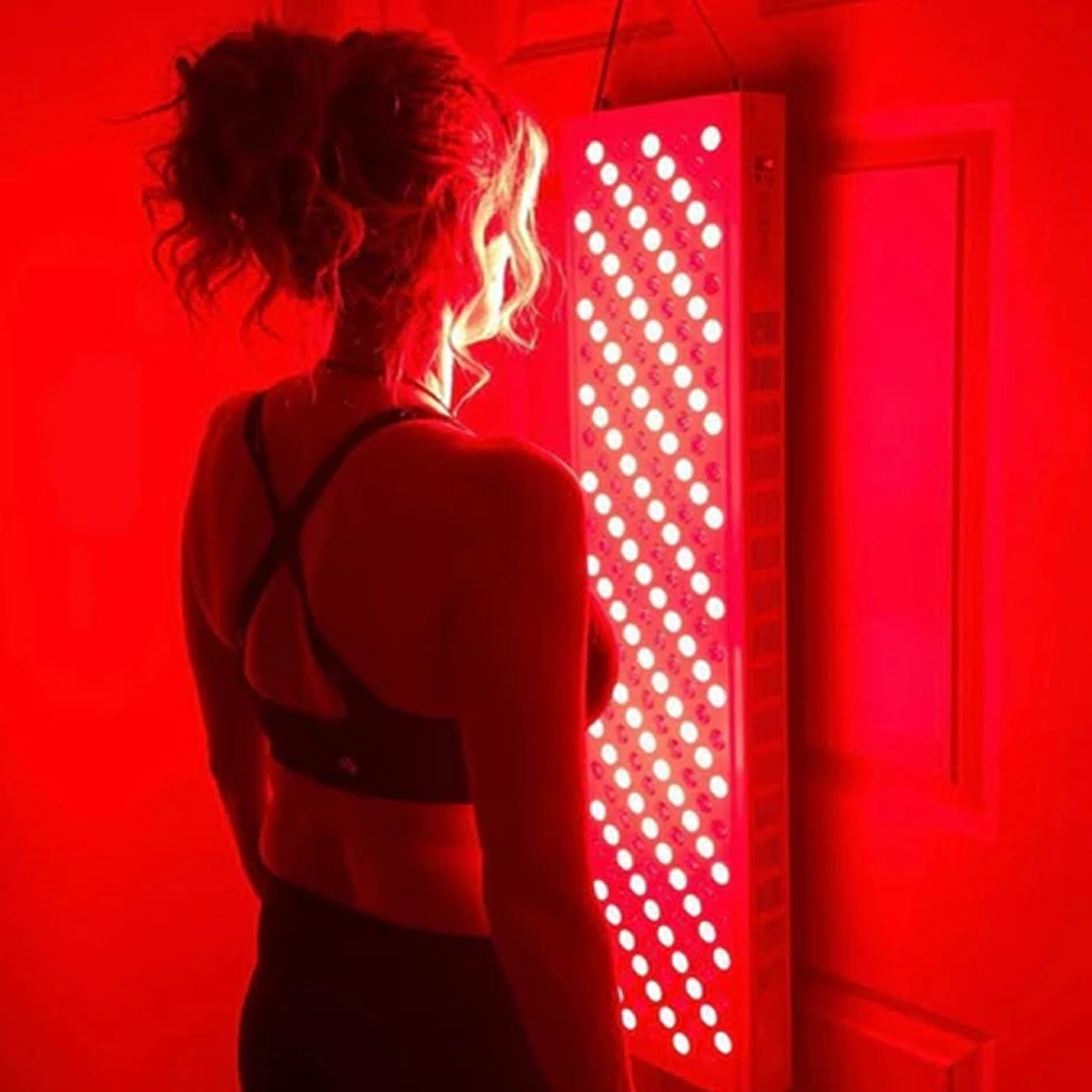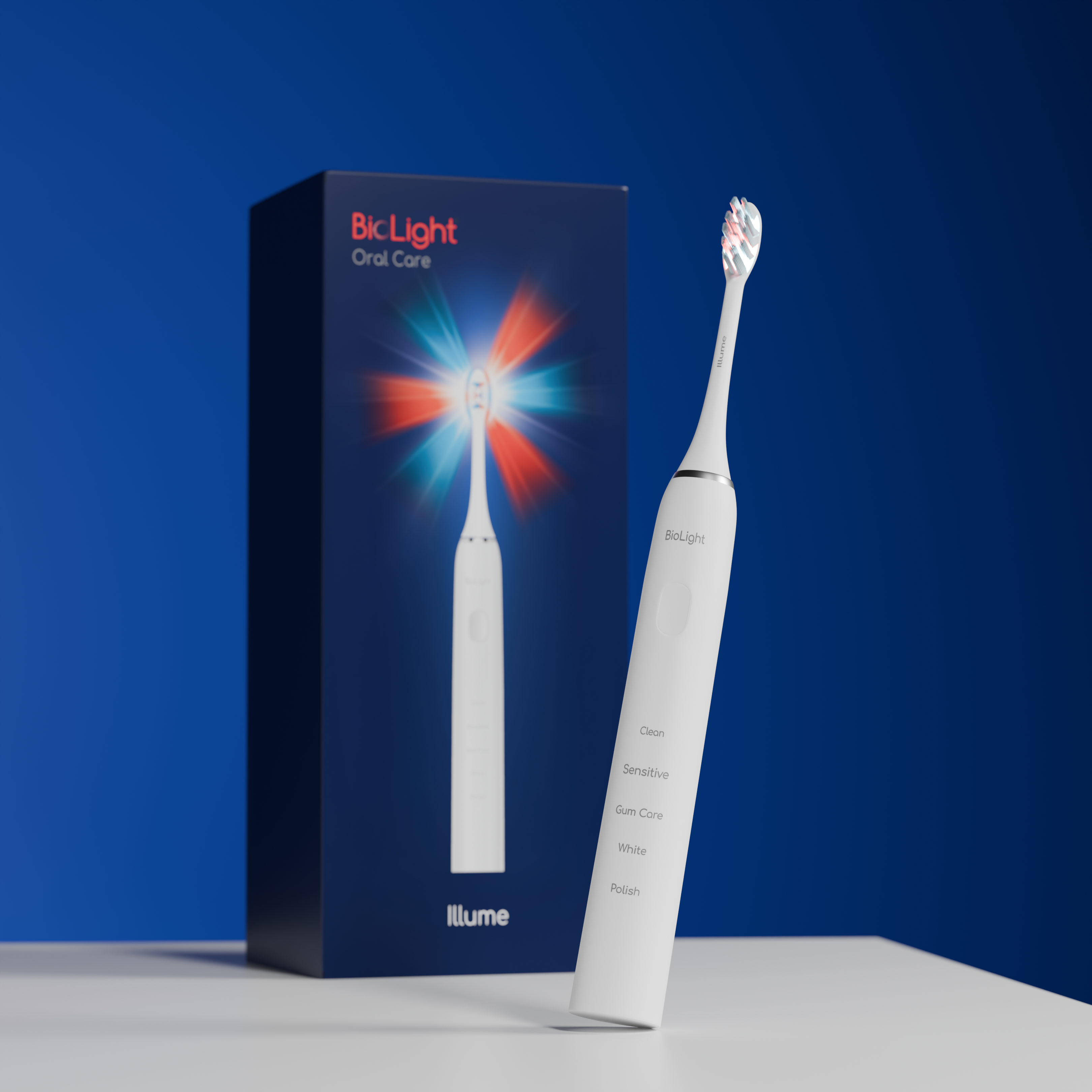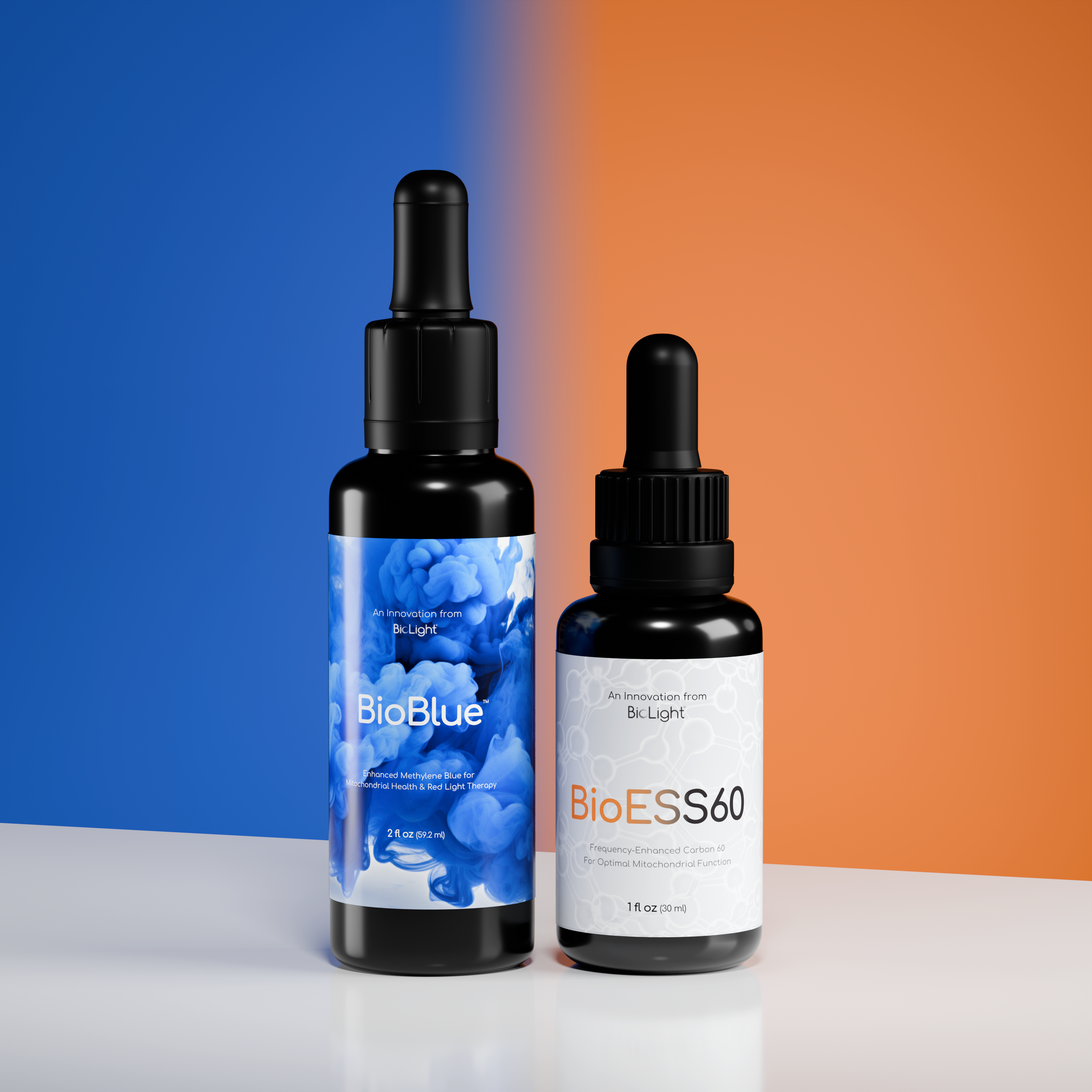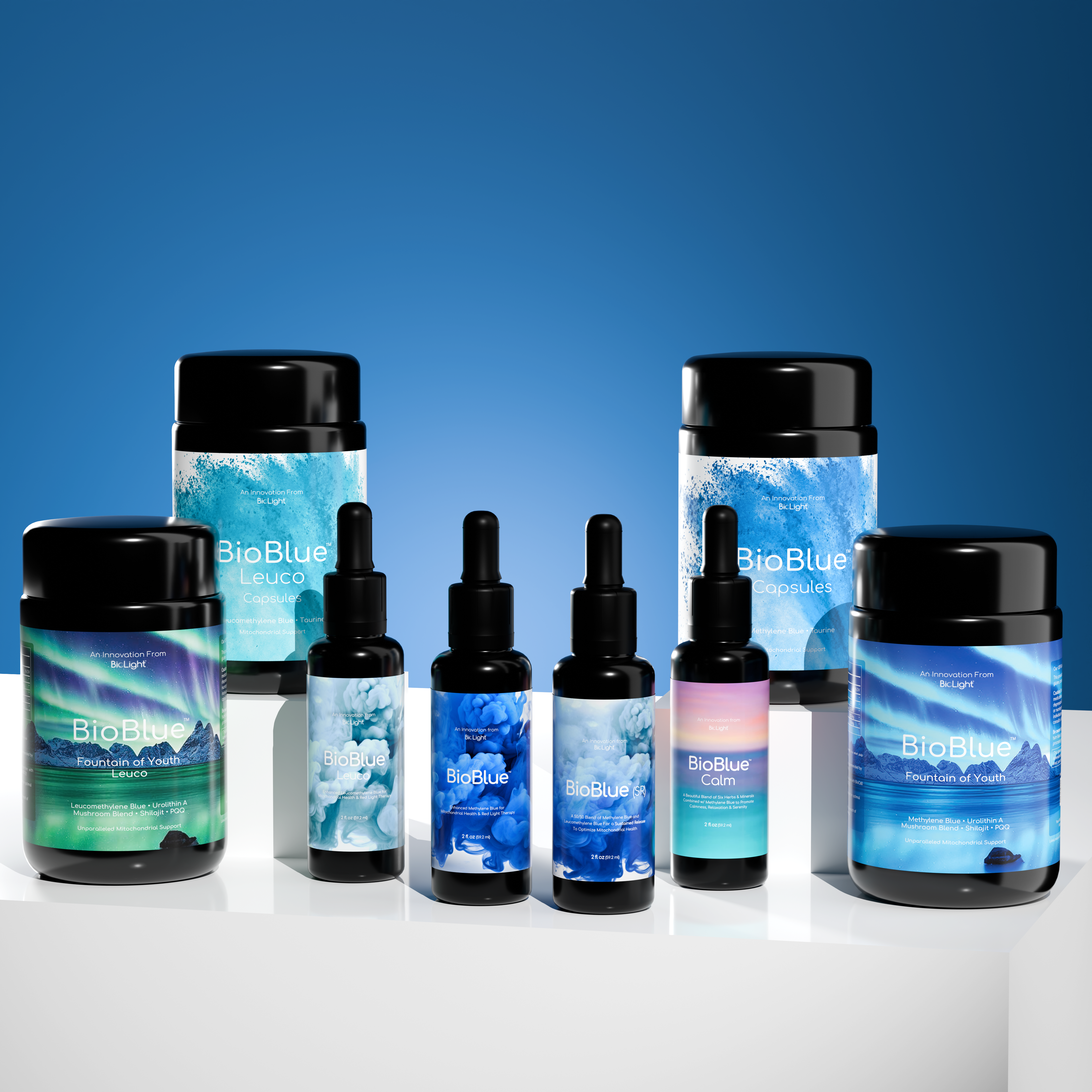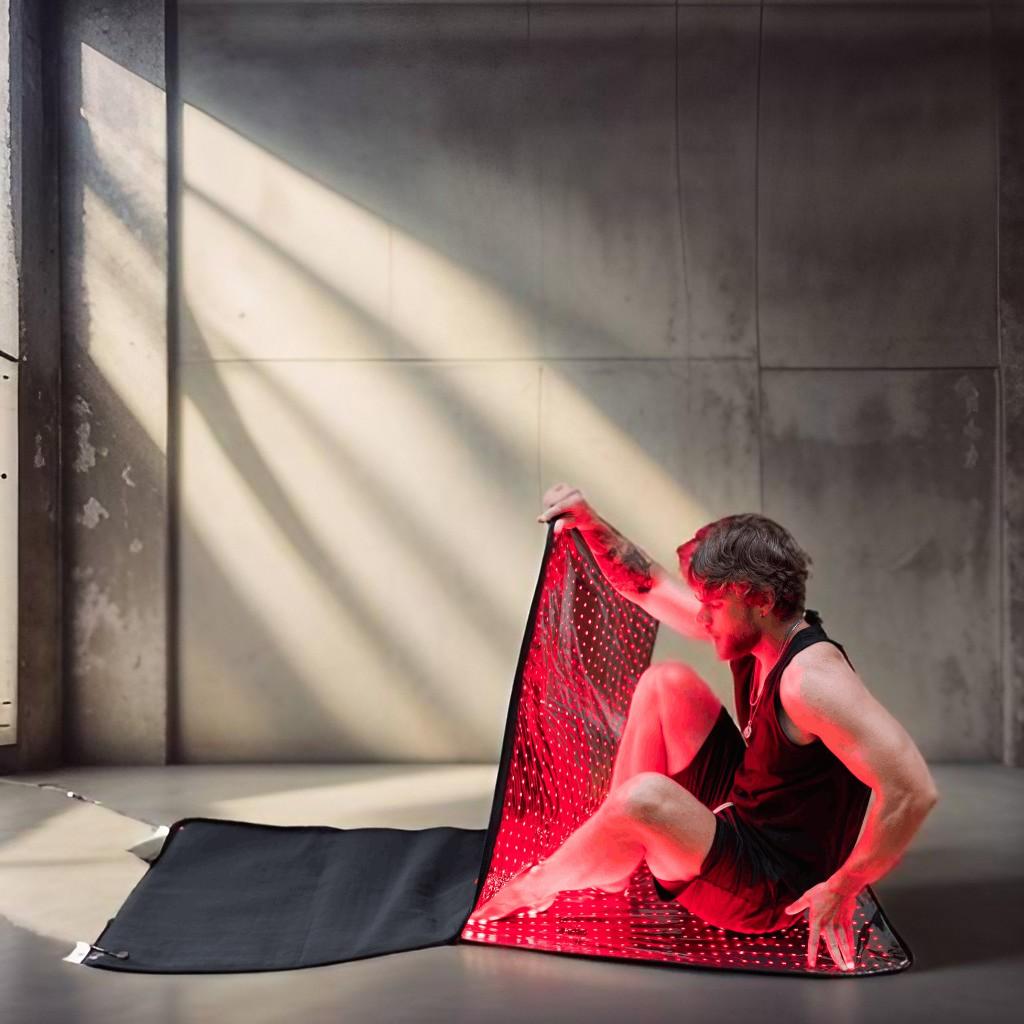A Commercial Study by BioLight & Biostrap Labs
Reduce your stress instantly
As a leader in tech wellness, BioLight is committed to conducting scientific research to develop products that support a better quality of life. Reducing stress is a global issue¹ — now more than ever — and because stress can wreak havoc on all aspects of health, we started here.

The Problem
77% of people experience stress that affects their physical health²
The wellness industry is saturated with products claiming to decrease stress, but few have proven effectiveness. We made it our mission to invest into scientific research onour own products to help provide a safe, efficacious treatment option for this growing issue.

The Study
How a consistent BioLight routine affects stress and other biometrics
In partnership with BioLight, Biostrap Labs evaluated how a consistent BioLight routine affects stress, sleep & other biometrics. Participants followed a BioLight Sleep protocol while wearing a Biostrap wrist sensor to provide data on their recovery and sleep.
Read the Study
25 Healthy Participants
14 females & 11 males that experienced low-to-moderate ultraviolet exposure and physical activity levels.
8-week Study Length
Evaluated BioLight sleep protocols using the clinically validated Biostrap biosensor wearable technology and validated surveys to gather data.
Biometrics Monitored Throughout
Monitored first 2 weeks without using BioLight, 4 weeks with BioLight protocols & 2 weeks of return to normal lifestyle. Participants were told not to change any other parts of their lifestyle.

The Results
One 10-minute full-body BioLight session led to a 122% increase in High Frequency HRV
-
HRV and related HRV measures are affected very acutely to each session, suggesting a greater parasympathetic activation after 10 minutes of BioLight usage in the morning.
-
Taken together, it appears that short-term effects of the BioLight greatly reduce physiological stress, which should have long-term effects.
-
HRV = heart rate variability

122% increase in high-frequency HRV means increased parasympathetic drive = decreased stress
-
40% of participants reported a decrease in pain
-
23% of participants reported a decrease in muscle soreness

Decreased stress starts with a proven routine
Why Biostrap Labs: Real solution. Real science.
In any study, data integrity is critical. Biostrap's wrist-worn sensor is designed for clinical research, capturing high-fidelity biometric data including heartbeats analyzed for 29 unique parameters to provide objective insights on sleep, health, performance, and recovery.
Additionally, Biostrap is referenced in 14 publications and has 22 clinical studies validating its biometric measurements against gold standard medical diagnostics and use cases in specific medical conditions.
References
¹ https://www.therecoveryvillage.com/mental-health/stress/related/stress-statistics/
² https://www.stress.org/daily-life
Chu, Yu-Hsiu et al. “Low-level laser therapy prevents endothelial cells from TNF-α/cycloheximide-induced apoptosis.” Lasers in medical science vol. 33,2 (2018): 279-286. doi:10.1007/s10103-017-2364-x
De Marchi, Thiago et al. “Low-level laser therapy (LLLT) in human progressive-intensity running: effects on exercise performance, skeletal muscle status, and oxidative stress.” Lasers in medical science vol. 27,1 (2012): 231-6. doi:10.1007/s10103-011-0955-5
Leal, E. C. P., Lopes-Martins, R. L. B., Frigo, L., de Marchi, T., Rossi, R. P., de Godoi, V., Tmazoni, S. S., Silva, D. P., Basso, M., Filho, P. L., de Valls Corsetti, F., Iversen, V. V., & Bjordal, J. M. (2010). Effects of Low-Level Laser Therapy (LLLT) in the Development of Exercise-Induced Skeletal Muscle Fatigue and Changes in Biochemical Markers Related to Postexercise Recovery. Journal of Orthopaedic & Sports Physical Therapy, 40(8), 524–532. https://doi.org/10.2519/jospt.2010.3294
